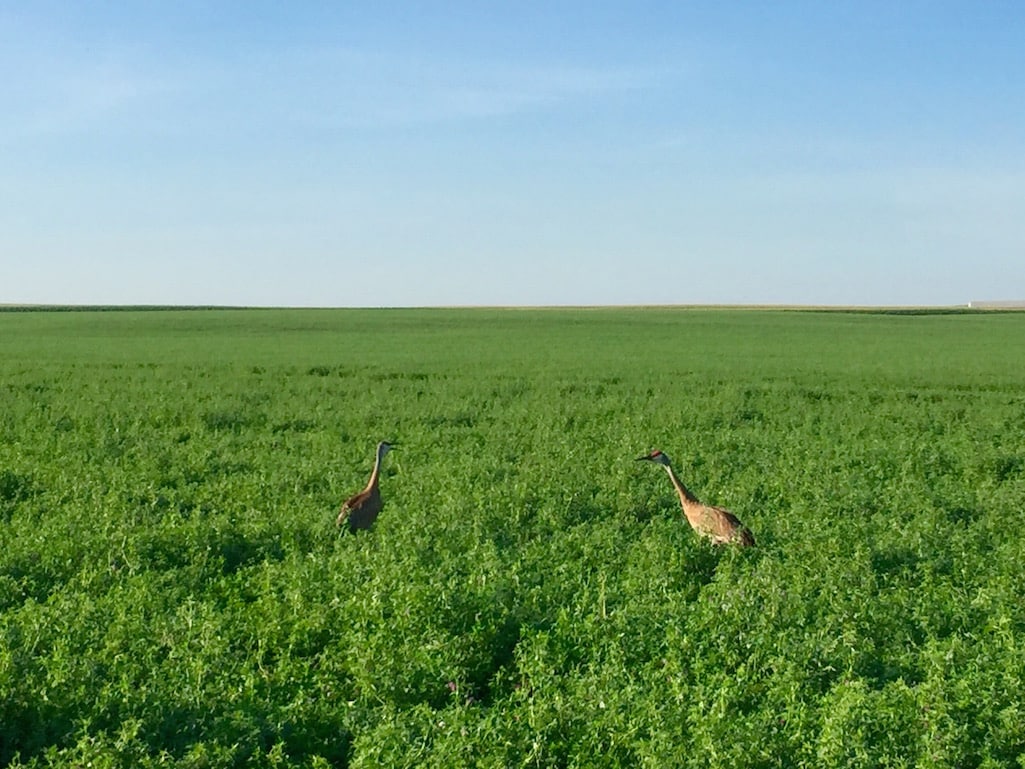The tractor is more important than everything else. The barn matters some, but not so much that you’d particularly miss it if you didn’t have it. The gravel driveway needs tending to, after the first snow and the last snow, the muddy middle seasons and the heat of a potholed summer. The tractor is green but your neighbors is red, and still the neighbor down to the east has a blue one. Some of the tractors on the road to the south are yellow, not a sunshine yellow but a harvest yellow, almost gold, really. Each owner will tell you why the other colored tractors are inferior to theirs, but each knows that a tractor is a tractor is a tractor, so long as it’s a good one. Without the tractor there is no farm. I learned this first.
Pluck a man from the city and set him atop that tractor and watch him try to fight his smile. It’s something that cannot be done, never has been done. There’s hardly a reason to frown on a tractor, at least not when it’s your first time atop one. But by the end of a soggy September there’s not much smiling done on the tractor. The harvest is just getting underway and the beans are too moist and the corn starting to mold. The ruts from the tires muddying the county road, no matter, car drivers just wait for the next rain to wash the road clear. Then the tractor muddies a two track path again, and the dance continues until the rain stops or the mud freezes or the last bushel has been hauled down the road to the granary.
I decided long ago that I wouldn’t farm for beans, and before that I pledged that the corn wasn’t for me. I hadn’t the manpower to pick the sweetcorn, to de-tassle and to haul and to market. I hadn’t the time, and my tractor was too small to haul such a heavy load of fresh, dew-soaked sweet corn. The best crop, an old timer once said to me, was the crop that grows without being told. The crop that grows because it wants to, that’s the crop to farm. Beans grow here, but they can burn out under an unreasonably high June sun before their canopy bushes to cover their roots. And corn loves the sun and it loves the rain, but too much in May and not enough in August make for a tricky harvest. I once saw a farmer drive his tractor down to the granary, his face beaming with the pride of a full wagon. When he pulled in to be weighed and inspected, he was turned away by the man at the scale. Too wet, he said, and too small, and too starchy. Even Kellogg’s wouldn’t grind that, the man said. The farmer slowly dumped his full season of work along the margins of the road in his way home, so that he might lie to his wife. Things were fine and that the money would last the winter.
The crop I chose was hay. We call it hay but it’s just some grass and some clover and a bit of alfalfa. If the weather is just right, I’ll cut it four times. Once in the spring, twice in the summer, and once into the fall. I get more for the spring crop, it’s sweeter, and the horses prefer it. While the farmers a ways away mortgaged to buy their combines I needed only the cutter, the rake, and a bailer. I already had the tractor. You’d think the field would dry and whither under a hot summer stretch, because the grass lawns haven’t needed cutting two weeks by then, but the fields are sturdy and they’re persistent and when the rain falls they grow and then when the sun scorches they grow. And when they grow I cut and I rake and then I bail. It’s not so much work, not so different than mowing a lawn. This is why when I become a farmer someday I’m going to be a hay farmer. I already have the tractor.

